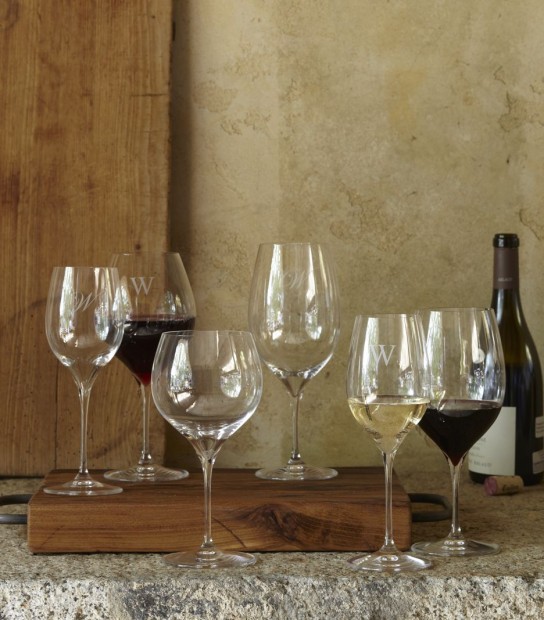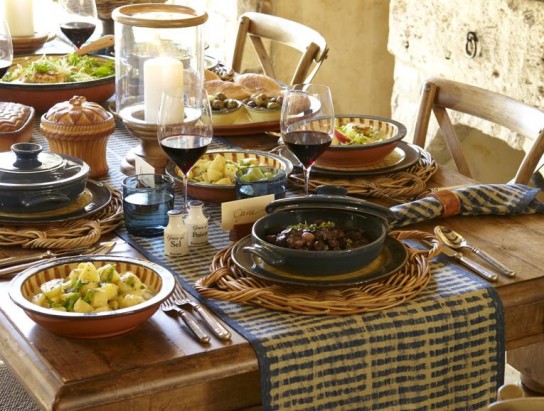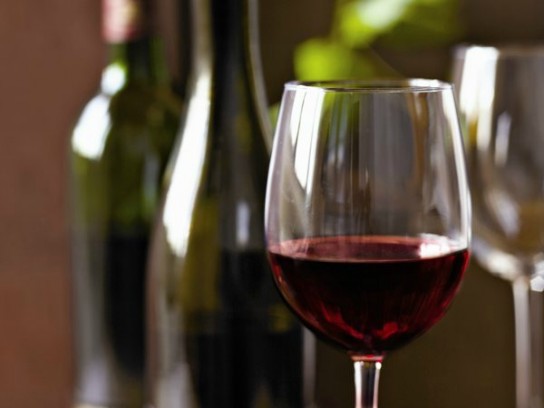 Fifteen years ago, it was considered a quaint, rustic part of France. Today it’s the one of the hottest wine regions in the world. The question is: why are the wines of Burgundy—a small, conservative, and ancient region of east-central France—experiencing a world-wide boom in popularity?
Fifteen years ago, it was considered a quaint, rustic part of France. Today it’s the one of the hottest wine regions in the world. The question is: why are the wines of Burgundy—a small, conservative, and ancient region of east-central France—experiencing a world-wide boom in popularity?
It’s a good question. But, yes, Burgundy is special—its hallowed ground is the source of some of the wine world’s most treasured grapes and concepts. And the impact of this humble region on the rest of the vast world of wine has been gargantuan. Unusual in the modern wine world, Burgundy wines are handmade by the people who grow the grapes, often farming families that have just a few acres of vineyard and make the wines in cellars underneath their homes. In a word, these wines have soul, a major reason that they are becoming so popular.
Despite what some books might tell you, the wines of Burgundy are not hard to understand. There are only two main grapes. The reds are made from Pinot Noir, and the whites are from Chardonnay.
How do they taste? A great red Burgundy might be the simple expression of bright cherry fruit at the inexpensive end and be a mind-blowingly complex mélange of berries, truffles, earth and stones at the high end. Likewise, the simplest Chardonnays will be bracing, refreshing wines that taste of lemons, and the most expensive will be irresistible elixirs that smell of minerals, stone fruits, fresh cream and brioche. The everyday versions are juicy and great to drink young, while the special occasion wines can age gloriously in the cellar for a decade or more.
There’s more to Burgundy than just the grapes. Indeed, a Burgundian winemaker would be the first to say: the grapes themselves are much less important than the soil in which they grow. That’s why Burgundy’s major parts—the Côte d’Or (a 25-mile long slope of hillside where the most famous wines are produced), the Macon (a sprawling region that produces wonderful, but less expensive wines), and Chablis—have over centuries been meticulously subdivided into a complex mosaic of single vineyards. Some are as big as a city park, some are as small as a swimming pool, but every vineyard gets a chance to speak for itself.
This dedication to the uniqueness of every plot of land is why on most Burgundian wine labels you don’t see Pinot Noir or Chardonnay mentioned specifically. Instead, you see name of the town and vineyard where this wine was grown. (You may also see the words Grand Cru or Premier Cru, designating that the vineyard in question is very highly rated.)
That the wines are both delicious and some of the most versatile and food-friendly bottles on earth helps, too. To the French, Burgundy is a famous for its food as it is for its wine. The staple foods—roast chicken, duck, simple bistro steaks and braised beef, mushrooms, lentils, earthy cheeses—are simply fantastic with the wines, making every Burgundian-style meal a true joy.
The beauty of Burgundy is that it can be as complicated or as simple as you want. If you want to learn the names of all the villages and the major vineyards, you can curl up with a thick Burgundy book and start studying. But if you just want to pop a scrumptious Pinot Noir like the Domaine Arlaud Bourgogne Roncevie, 2009 with duck confit and lentils or gulp a minerally Chardonnay like the Louis Latour Puligny-Montrachet Les Truffieres, 2009 with roast chicken, Burgundy is easy.
What can be simpler than the marriage of hearty, home-cooked food with joyously delicious wines? That’s the soul of Burgundy in a nutshell.
A special thanks to James Beard award-winning wine and spirits expert Jordan Mackay for contributing this post.



1 comment
I really love to taste some wines like these, it would be nice if it is available in the market here